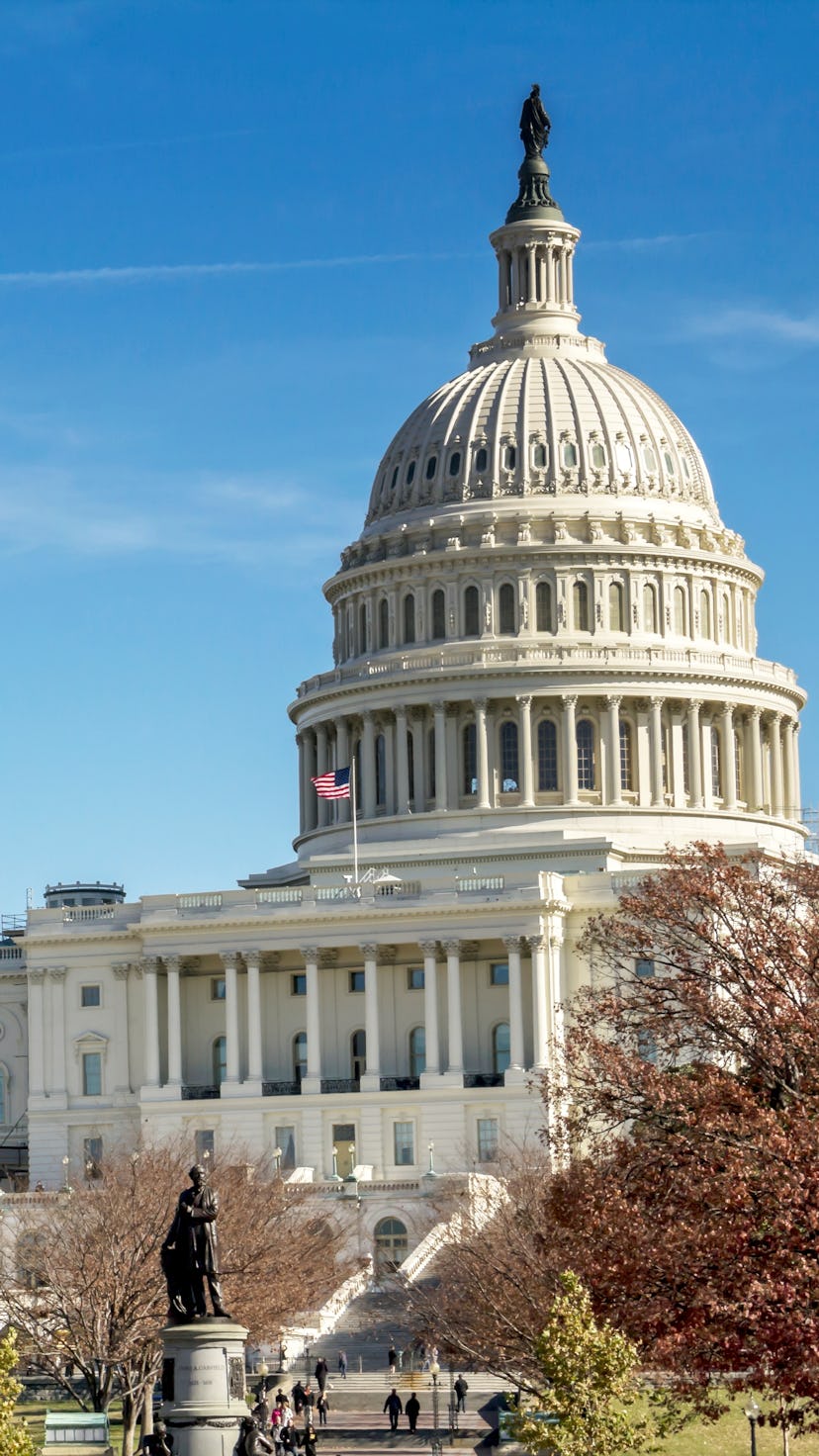JOHANNES EISELE/AFP/Getty Images
This November, all eyes will be on the U.S. Senate, where both parties are fighting to claim majority leadership. In Senate Watch 2020, we'll bring you weekly updates, including races to watch, expert predictions, and interviews with the key players. This week, tap along for a recap on where both parties stand.
The Washington Post/The Washington Post/Getty Images
Republicans currently have the upper-hand in the chamber, holding 53 of 100 seats. Democrats hold 45 seats, plus two Independent senators who caucus with them. For simplicity's sake, let's say that Republicans hold a 53-47 majority.
This November, 35 seats are up for election.
"From a 30,000-foot view, this map looks bad for the GOP." — David Byler, The Washington Post
SDI Productions/E+/Getty Images
Democrats are on the offense, as current polling favors their candidates. In a June 12 report from The Washington Post, of the nine seats most likely to flip parties in November, only one would switch from Democrat to Republican.
Bill Clark/CQ-Roll Call, Inc./Getty Images
There are tight races in at least five seats currently held by Republican senators. For the GOP to maintain their majority, they're hoping to hold on to at least four of these seats.
- Martha McSally (Arizona)
- Cory Gardner (Colorado)
- Susan Collins (Maine)
- Thom Tillis (North Carolina)
- Steve Daines (Montana)
